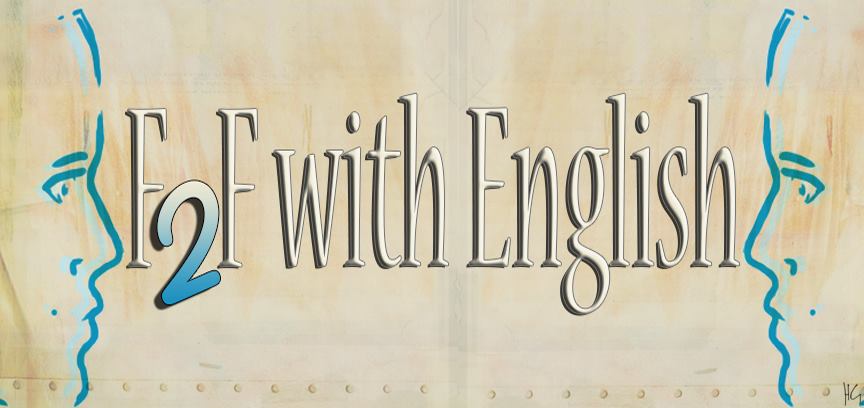ON LINE COMMUNICATION TOOLS THAT PROMOTE LANGUAGE LEARNING AND FOSTER PROFESSIONAL DEVELOPMENT
The synchronous tools of communication, such as Yahoo groups, Yahoo messenger, Tapped in, indicate what a teacher can do to facilitate learners, to firstly acquire fluency and secondly accuracy when the chatlogs will be analysed and used as a follow-up activity in the classroom later on.
These three tools can give a potential to communication, and they can also enrich the teaching process. I found really interesting the fact that the use of synchronous communication in the learning process enhances a good number of skills at the same time, and promotes collaboration, sharing, and socializing.
Authenticity is a crucial pont to mention. There is a lot of literacy over the concept of authenticity and its usefulness to language learning. Synchronous communication gives plenty of opportunities to use the target language in an authentic environment. It could help learners to acquire a zest for it, therefore, to improve the quality of their language production.
The teacher or facilitator has to be in full command of technology beforehand,, otherwise this could be a hindrance to the whole process. Learners leave the spotlight of the classroom, so there is room to produce and express themselves freely and develop their autonomy.. It also gives the opportunity to shy learners to connect and attempt to use the language as they are away from the "peer threatening" environment of a classroom.
VARIOUS TECHNIQUES
a. Free topic chat
These chats must be the most frequent types of net commection. They are easy to plan, learners would feel at ease, as they will compare it to a friendly chat and not as an extension of their lesson. The teacher will give the topic during the lesson, and they will set a time to meet up on line. Learners will be prepared, and the flow of discussion probably will be smooth. The chatlogs can be used by the moderator to identify problematic utterances, and a follow-up analysis in class would be ideal. Free chats, for me, can promote learners autonomy, create a platform of meaningful communication, and facilitate the whole teaching procedure.
b. Collaborative task-oriented chat
This type of chat seems more demanding, and needs careful prior planning. I really like the idea of learners working without having their moderatior giving them instructions. Again the fact of meaningful communication enhances the benefits resulting from the task.
c. Practice on line
This type of chatting, gives extra time for practising a specific language function. Again, the learners have the opportunity to experimentize on what they have met in their classroom context, consequently become more familiar with the taught material.
d Evaluation chat
Although I can clearly see the usefulness of such a chat, I wouldn't like to use it. I prefer to keep the internet tool as one which promotes the use of the target language, and help learners to get into the habit of using the net for language production. If they feel that they are going to be evaluated for that the balance might be lost.
e. Presentation or Academic Seminar Chat
These chats can promote collaboration, sharing, strengthen the bond between colleagues, become informative, thus present new ideas and ways of elaboration. A significant tool for professional develpment.

